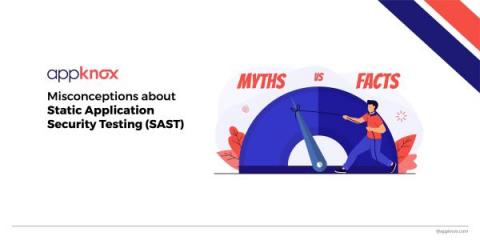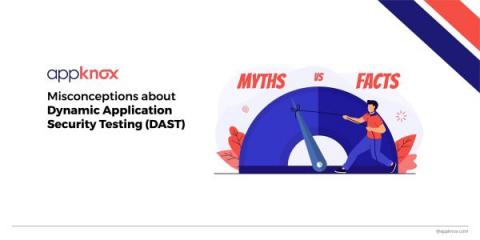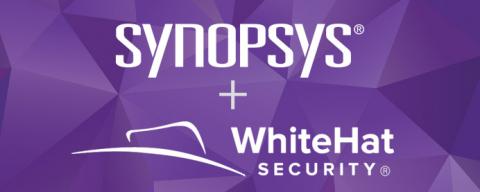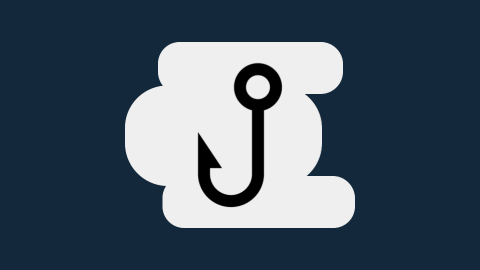4 Misconceptions about SAST for Mobile
SAST is one of the matured security testing methods. In the SAST, the source code is examined from the inside out while components are in a static position. It performs scanning in-house code and design to identify flaws that are reflective of weaknesses, and that could invite security vulnerabilities. The scans performed by SAST tools are dependent upon prior identification of rules that specify coding errors to examine and address.










